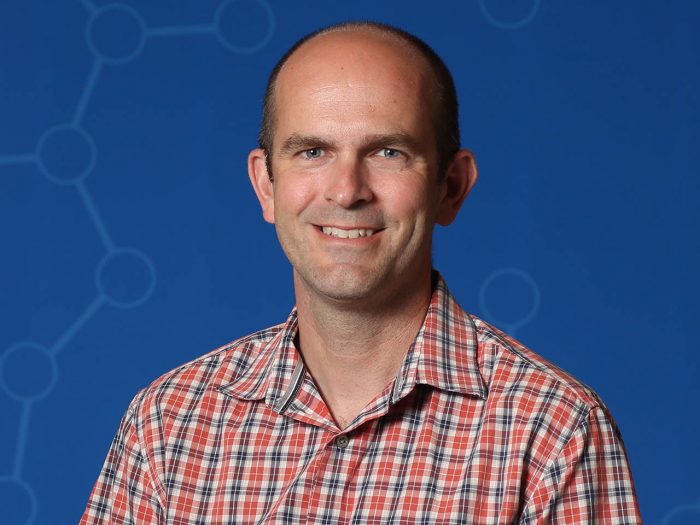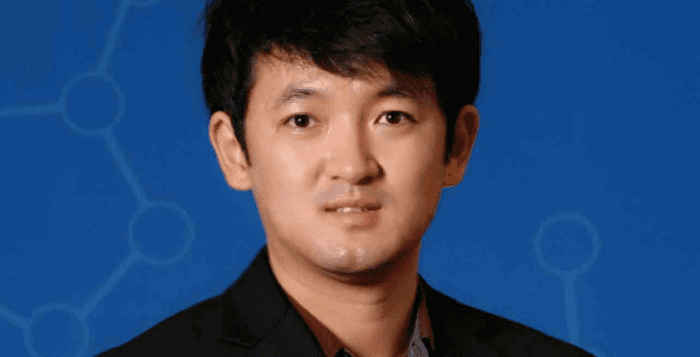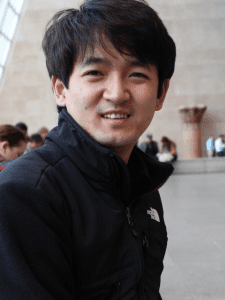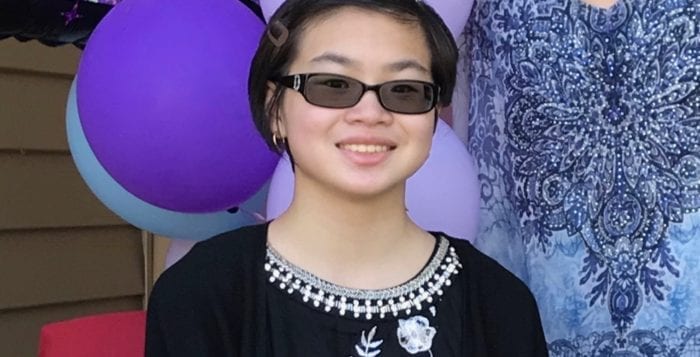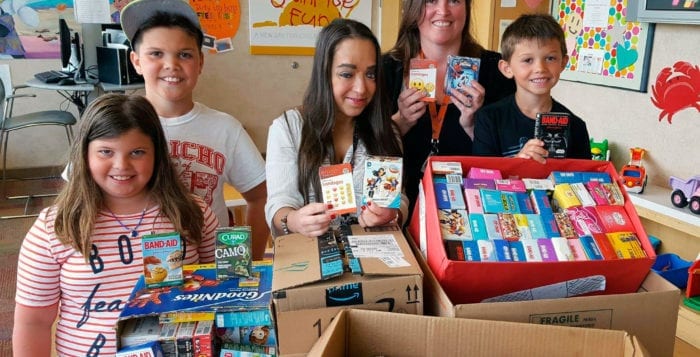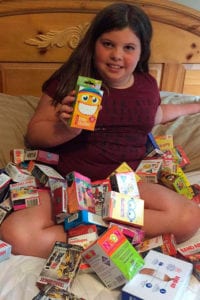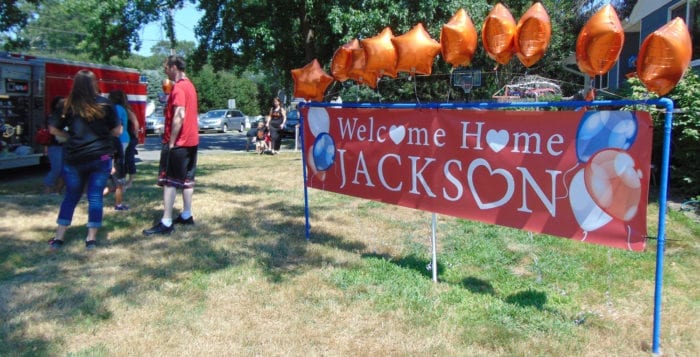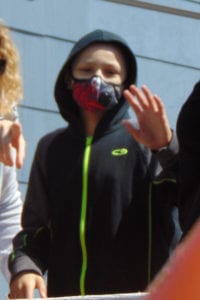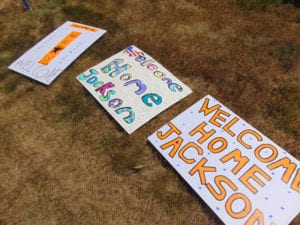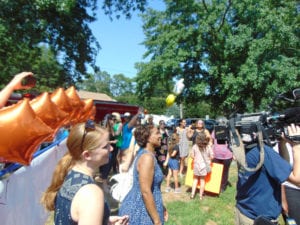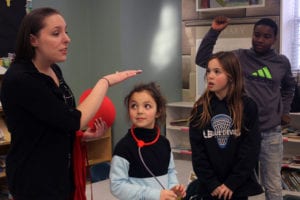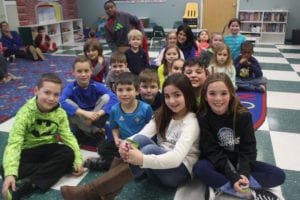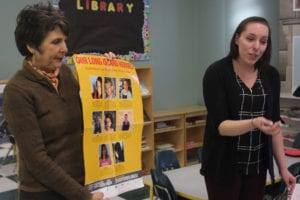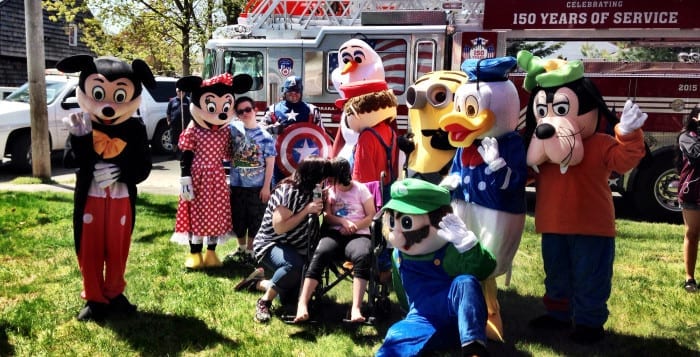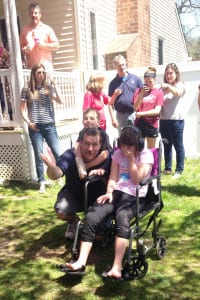By Daniel Dunaief
Diseases like cancer take the normal raw materials of a cell and make them a part of a pernicious process that often threatens a person’s health.
Ideally, when researchers find the raw materials cancers need to survive, they discover specific proteins that are necessary for cancer, but aren’t critical for healthy cells.
That appears to have happened recently in the lab of Cold Spring Harbor Laboratory Professor Chris Vakoc in the study of the blood disease Acute Myeloid Leukemia, or AML.
Vakoc’s former graduate student Sofya Polyanskaya, who now works in a pharmaceutical company in Germany, discovered the importance of an understudied protein called SCP4, which removes phosphate groups from other proteins, in some forms of AML. This protein acts as an enzyme, which makes it a particularly appealing target.
In his lab, Vakoc said he and his researchers take “genes and the proteins they encode and [try to] publish the first paper linking them to cancer,” Vakoc said.
Polyanskaya and Vakoc recently published their findings in the journal Cell Reports.
These scientists disabled proteins in a host of diverse cancer types, looking for dependencies that were unique to each cancer. After determining that SCP4 was only needed in leukemia and not other cancers, they inactivated the protein in normal, healthy blood cells and found that it wasn’t needed.
“Leukemia cells are super sensitive to the loss of this enzyme,” Vakoc said.
Vakoc praised the work of Polyanskaya, who he said conducted the “inspiring work” that led to this conclusion. “It’s not easy for a brand new scientist entering the field to write the first cancer paper on a target.”
Polyanskaya surveyed hundreds of these enzymes to find a potential new protein that cancer, specifically, might need. The CRISPR technology, which didn’t exist nine years ago, provides a way of altering a large number of potential enzymes to find the ones that are critical for cancer’s survival.
Ideally, this kind of analysis enables researchers like Polyanskaya and Vakoc to focus in on the ones that are critical to cancer, but that don’t perform any important function in normal cells.
One of the other benefits of this work is that it validates the importance of targets that have become the focus of other research projects.
“Part of what we’re doing is making sure that our processes more broadly in the field are robust,” Vakoc said. “We are more confident in other targets we didn’t discover” but that play a role in the progression of leukemia.
To be sure, the discovery of the SCP4 target is the first step in a series of questions that may require considerable time and resources to ensure a reliable and safe clinical benefit.
As with many cancers, leukemia may have the equivalent of a back up plan, in case this seemingly important enzyme is unavailable. Indeed, the battle against cancer and other diseases involves moves and counter moves by pharmaceutical and biotechnology companies and the diseases they battle.
Additionally, researchers like Vakoc need to discover the reason cells produce this enzyme in the first place. Mice lacking SCP4 are born, but develop metabolic stress after birth.
“The important experiment in the future will be to determine what the consequences of targeting SCP4 are in normal tissue much later after birth,” Vakoc explained in an email.
Like other cancers, leukemia is a heterogeneous disease, which is another way of saying that not everyone with the disease has the same symptoms and prognosis and not everyone would respond to the same treatment in the same way.
Vakoc would like to figure out for “which subset of patients with leukemia is this protein the most important. Down the road, that could help determine who might benefit from an SCP4 inhibitor.
“We want to personalize therapy as much as possible,” he said.
In his follow up research, Vakoc hopes to learn more about the three-dimensional structure of the protein complex.
Vakoc’s interest in leukemia stems from his interest in studying blood. When he conducted his PhD training at the University of Pennsylvania, he studied normal blood development.
He was particularly interested in pediatric cancer. While AML is on of the cancers that children can develop, it is far more common in elderly people.
The lab has a strong focus on leukemia.
Vakoc, whose lab is next door to CSHL Cancer Center Director David Tuveson, has also starting searching for potential therapeutic targets in pancreatic cancer.
He is excited about the potential to bring attention to a possible candidate that may provide a therapeutic benefit for patients at some point.
“It feels good to put a new target on the map,” he said.
The CSHL scientist recognizes that cancer can and often does develop resistance to a treatment that tackles any one enzyme or protein. Still, he said treating cancer with any new and effective therapy could extend life by several months, which are often “very valuable to patients.”
Vakoc suggested that any potential new treatment for leukemia would likely involve several drugs working together to stay ahead of cancer.
“The real hope and optimism is that, if you had a copule of targets like this that are not needed in healthy cells, you could add 10 or 20 years of high quality life. You could keep the disease in a chronic, latent state.”

